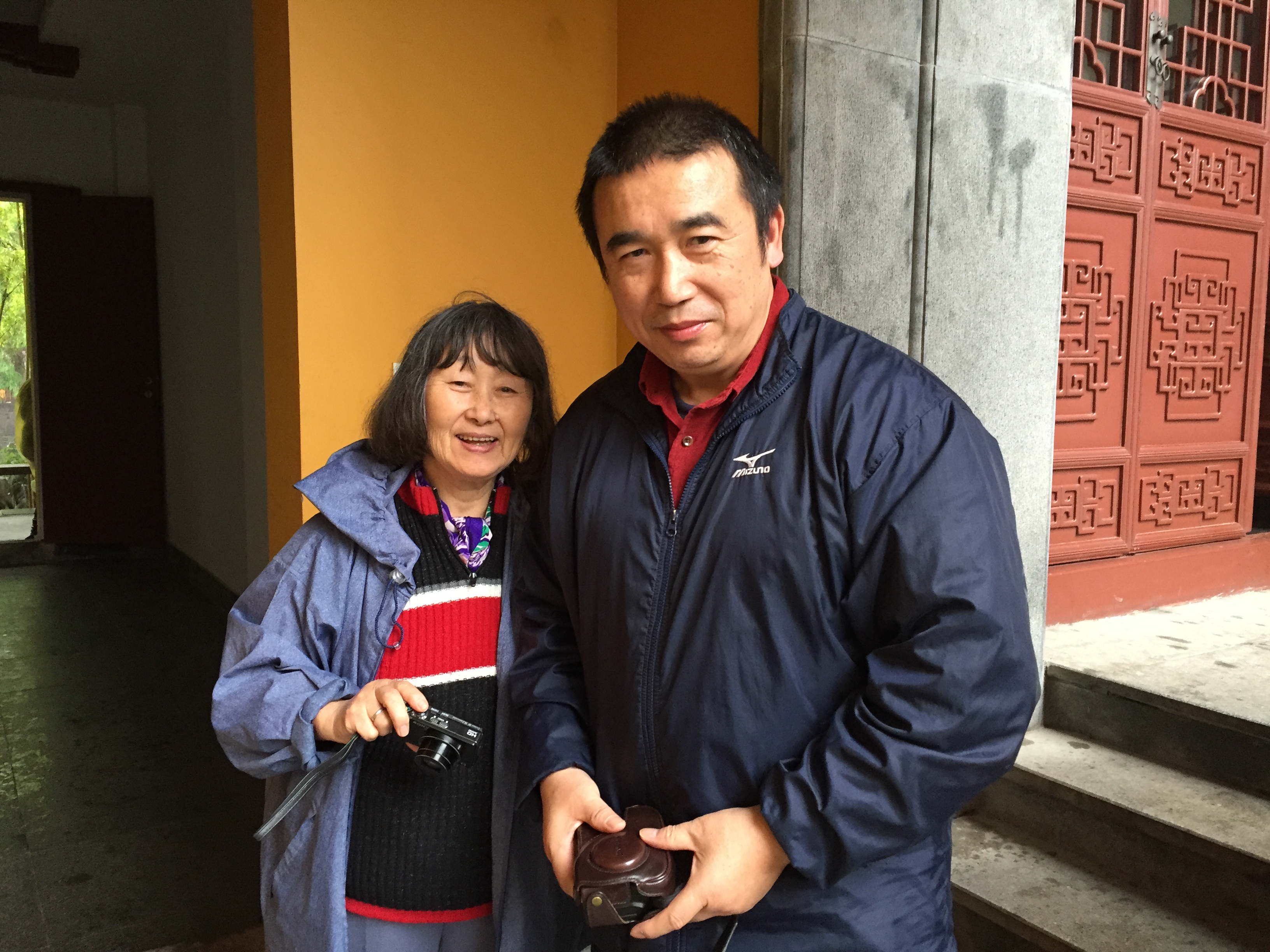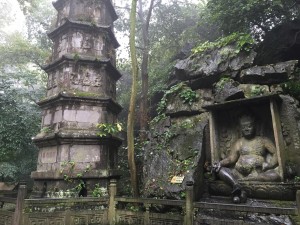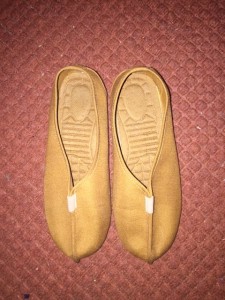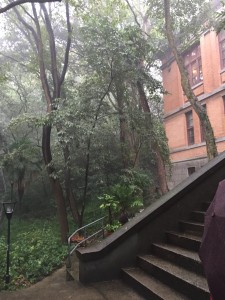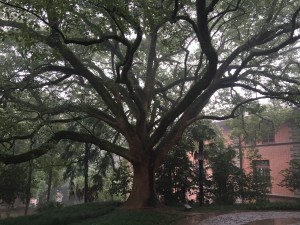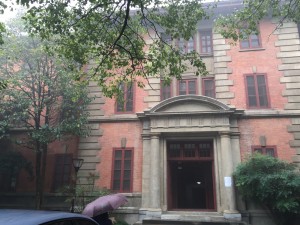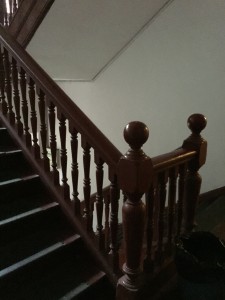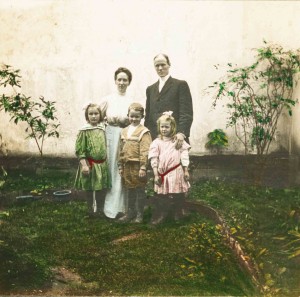杭 HANGZHOU
Wednesday 4 November 2015
The amazing Professor Hong Shen, English Professor at Zhejiang University (he has published thirty books, including one on Medieval English poetry and one on the photos of Sidney David Gamble) picked us up around ten, and off we went to Ling Yin Temple to have tea with the abbott and lunch in the guest-special cafeteria. I had the fun of showing off some ninety photos that Clarence and Sidney Gamble took in China in 1908, blowing them up on the computer so all the details popped out, and explaining them, and everyone else had the fun of admiring them and raising questions and adding comments. A big audience for Hangzhou history and Sidney Gamble photos exists here in this beautiful city.
After lunch, vegetarian, of course, with delicious tofu (what is it that Americans do with tofu that leaves it so tasteless, and what do the Buddhists here do with theirs that makes it absolutely delicious?), we were shown around the temple and visited the sites that Clarence and Sidney Gamble photographed, or rather saw where they had seen and/or saw where what they had seen still was.
It was pouring full-out rain, despite the prediction of a slightly overcast day. That was to our advantage, for we were given, to keep, lovely brown umbrellas with the Ling Yin logo in green on the brown fabric.
ain things have not changed at Ying Lin Temple: the rocky hills surrounding it, the stone steps up the hillside, the bas relief carvings of Buddhas and iconic figures (though some of the latter have been renovated). Seeing statues and carvings that we know have existed for over a thousand years is humbling, when that fact is given consideration. The photos attached here show some of what we saw, and more on that later.
AT one point, I noticed the distinctive orange shoes worn by a monk, who was escorting us around the temple, and I commented on them and asked where to buy them. The next thing I knew, we were off to nearby Paris Sengfu, the temple where the shoes are made, and Professor Shen bought me a pair. They are only made in men’s sizes, but the smallest size fits perfectly, and I have a very practical souvenir of the temple visit.
My friend Sally will be most delighted to hear that we were next taken to Hangzhou Historic Site, now merged with well-known Zhejiang University. The Historic Site is the former campus of the Hangzhou Christian College, founded by Presbyterian missionaries in 1897. The hills of the campus had been denuded by aggressive cutting for the lumber market that existed in the late nineteenth and early twentieth centuries in Hangzhou. Students and faculty planted trees and shrubs, which have flourished over the years, and today the Historic Site has a magnificent stand of tall trees and luxuriant plants.
The buildings on the Historic Site include Gamble Hall, which was funded in 1908 by David Gamble. David Gamble was a son of James Gamble, co-founder of Procter & Gamble, or P&G. David Gamble used his inheritance for the public weal, funded school buildings, and built The Gamble House, now a Historic Site, in Pasadena, California. On the Hangzhou Historic Site, he also funded the library building, today used by university administrators. David donated as well the land for field and track to the College, on which now stand tennis courts.
Gamble Hall was planned as a dormitory. It has been renovated, but the 1908 style of the structure remains. The name “Gamble Hall” was originally inscribed above the main entrance to the building, but the Government got rid of that obscenity, left the spacee blank, and the Gamble name has never been restored.
We went through the building, up to the third floor and walked the halls. The stairs may have to be redone soon. A hundred years of use have left the treads, especially in the area close to the lovely dark wood banister, well worn. What appears to be the original light fixtures are in the center of the long halls. The building is a simple, serviceable structure, now being used for offices for faculty, though only partially occupied at the moment.
aughter of Robert Fitch, the Presbyterian missionary who loved China and devoted his life to educating and helping its people, wrote a memoir, in which she relates that her father requested from David Gamble the funds to build the library. Later, Robert Fitch went to a Mr. Dollar and requested the funds to buy the books to be put into the library. Both men responded cordially, but Robert Fitch had second thoughts. How could he name the building the “Gamble Dollar Building”? So, the story goes (and this is going third-hand, since I myself have not read the memoir), Fitch returned to David and asked him if he would also donate funds to buy the books for the library. David did so without blinking, and Fitch was spared the dilemma of how to name the library. Today, the library building remains in use (though now without the Gamble name). Nevertheless, David Gamble would be pleased.

